Hearing is Believing: Evidence-based, Experiential Design in the Built Environment


Hearing is Believing: Evidence-based, Experiential Design in the Built Environment
Image - Quiet Mark CMO & Host of The Quiet Mark Podcast, Simon Gosling, left, recording with Adrian Passmore, Associate Director - ARUP.
“Arguably there are two fundamental reasons why someone might give me a ring on my work phone”, explains Adrian Passmore, Associate Director of ARUP who leads their Acoustics’ 28 staff London. “The first is when they have a problem. Unfortunately, these situations do arise and people will call me when there is something they don’t like about the place they inhabit. They feel it could be a noise problem and are asking us to help them. On the slightly more positive approaches that we do get, it’s to help people to realise the built environment that they want to live in so that they can be very fruitful and have enjoyable, happy lives".
For more than 20 years Adrian has been delivering holistic acoustic building designs. He has led the acoustic design on nationally significant infrastructure projects and major developments, such as - HS2 London Euston and Birmingham Stations, BBC Television Centre - London, Paradise Circus Redevelopment, Birmingham and Chelsea Barracks, London.
Many Acoustician guests on The Quiet Mark Podcast are noticing a shift in the volume of enquiries, from clients needing solutions to existing problems, towards clients planning a building’s acoustics at the pre-build stage. Some have suggested that the quietening of the world that took place during the first lockdowns, developed our appreciation of the well-being benefits of quiet and improved acoustics in the built environment.
Adrian believes that one of the reasons that Acoustics took so long to gain prominence at the design stage, and too often got discussed when it was too late, or when there was a problem, is due to a matter of language. For a long time, stakeholders who are often excellent at explaining how they want a space to look visually, especially with the assistance of tear sheets and mood boards, struggle to find the right words when describing how they might want it to sound.
Watch Adrian Passmore’s Masterclass at our Acoustics Academy launch event
During his Masterclass Presentation at our Acoustics Academy launch event, in February, 2020, Adrian spoke of the need to break away from traditional methods of dealing with acoustics, in terms of enabling clients to communicate more easily on what they would like to achieve.
“The old order”, as Adrian refers to it, “is so ambiguous and impenetrable to laypeople who aren't technically equipped to understand how we commonly refer to things. We talk about dB and RWs. There are lots of little suffixes and subscripts. What does it all mean!? In terms of the human factor, we need to move away from this way of trying to articulate things. Ultimately we need to remove the scenario in which the Acoustic Consultant is looked upon as some crazy scientist, who's just trotting out all this very urgent information, and completely dumbfounding people, who just don't understand it”.
Thankfully, things are changing. Imagine being able to hear at the design stage what a planned building will sound like when complete. This is what ARUP’s new SoundLab enables you to do. ARUP has used SoundLab to inform the design of some of the world’s best arts and culture venues. They’ve also used it alongside advanced technologies such as visualisation to let clients experience major infrastructure projects during the design process, shaping better design outcomes.
“We need a broader view of what we ultimately want to get out of our buildings. And yes, soundscapes, noise and vibration play a part in it, but not they're not the only part. There are so many other things that come into play”, Adrian explained to our Podcast Host and CMO, Simon Gosling during his recording of Episode 5 of The Quiet Mark Podcast.
“Soundscape isn't a new concept, but it is a bit of a hotbed of activity at the moment. For many years, we've thought about soundscapes in terms of the external environment. But now we're taking some of those techniques and thought processes and applying them to internal spaces. We can't just constantly reduce down the discussion to the idea of decibels, or something being too noisy or loud. We can't continue to discuss these things in such a reduced fashion”.
At Quiet Mark, we fully understand that sound measurement is complex. Between only 10% to 20% of the quietest, best-performing products are awarded Quiet Mark certification. However, we don’t only test for decibels. Two similar functioning products may emit the same decibel level, however, one may sound pleasant and the other sound unpleasant and irritating. This will not be reflected in the decibel measurement. Only those with pleasant tonalities and frequencies will achieve the Quiet Mark.
“All the different types of spaces that make up the built environment, have so many different requirements from the users' perspectives,” Adrian tells Simon. “We need to start thinking about how spaces make us feel, and the types of activities they promote or discourage. To do that, we need to start talking about soundscape in a new language, beyond whether a place is simply too noisy, or too loud”.
“In any given space you might hear a range of sounds, such as rain on the roof, fans in the air conditioning, the murmur of a conversation from the room next door. All of these things blend together so that it's not just a single noise level that affects how we think and feel. We’re moving away from this idea of having a simplistic, single-dimensional way of describing these things, to a more multi-dimensional, richer way; of soundscapes, rather than volume, how it makes us feel, and what it enables us to do”.
Adrian goes on to explain that Auralisation technology isn’t new, having been in existence for 15 to 20 years. It has, however, recently come on leaps and bounds. “They used to be based on creating 3D ambisonic sounds”, explains Adrian. “The user would sit in a globe of spheres, and using clever tech, they could hear all manner of sounds. It can be internal and external soundscapes. Ultimately the user sits in a sweet spot and listens to what's going on, and is then able to offer opinions about what they hear”.
The slight drawback with this, however, is that the user would only be using a single sense in that experience - listening. They were therefore putting more energy into that sense than they would in normal circumstances. Yes, it was possible to play static images at the same time to give an idea of what the space is going to look like, but ultimately, it didn’t feel very natural.
With its Soundlab, ARUP is offering the next generation of immersive technologies. “Rather than engaging users with sound and static images, we can now have 3D animations, providing complete 360 visualisations alongside the auralisations”.
Image: Hearing is believing – How ARUP’s SoundLab helps to design future infrastructure
For their clients, ARUP’s SoundLab clarifies a design by making the intangible tangible. You don’t have to interpret decibel charts or acoustic maps; you can simply experience the design for yourself by listening. You can discuss what works and what doesn’t during the concept and design phase, and focus from the start on getting the design right.
“These technologies are now becoming very widely used and they are very important. They de-risk the situation. Far too often, in the past, we worked solely around dBs, and when the end-user came into a built space, they might often complain that it was not what they were expecting. Part of the reason for this came down to language, or rather a lack of it when it comes to describing sound and acoustics. It can be quite difficult to articulate what you would like to create, or how it might end up sounding. So that's where these new technologies are so valuable, as they enable us to go through the design process with ease so that there is no doubt what has been agreed upon. Their feedback is what helps to create the design brief itself. You can record the visualisation, so that you can share it and agree on it, thereby avoiding many disappointments and disputes much later down the line”.
Because SoundLab’s auralisations are perfectly matched to real-world conditions, clients and design teams can be sure they’re focusing on finding solutions for the real problem areas. The constructive dialogue this enables increases trust between designers, engineers, clients and the general public. SoundLab is open and objective enabling honest and real feedback.
Adrian provided a glimpse of where these technologies are heading in the future. “The 3rd generation of these technologies, available in the not too distant future, will be 4D experiences. Not just audio, not just visual, but fully multi-sensory, involving the feelings of things such as controlled air, fans blowing on our skin, affecting the thermal comfort of a space, even the odours. You can experience the ambient lighting qualities. By placing a harmless encephalogram on the user's head, which records the structure or electrical activity of the brain, we can harvest more emotional information about their relationship and responses to a space. Sensors measure the bio-physiological response to a space, and when we apply Machine Learning to that data, we can really start getting under the skin of what the sound is making us feel and how we respond to it as individuals. As these technologies become more widely used, they will come down in price, making them more ubiquitous with the industry. The data that various practices gain individually, is now being harvested and coming on stream in a shared network, benefiting the industry as a whole".
Of course, the proof is in the pudding and post-occupancy, quality of life evaluations, provide the real litmus test. ‘We carry out studies with the occupants once they have moved into the building’, says Adrian. “Again, there are new technologies, in terms of sensors and Fitbit’s, which we can use to develop a clear picture of how people feel in their space, beyond their ability to vocalise or describe it in words. All the information feeds back to us as designers, creating a virtuous circle, helping us to make better buildings that benefit us as humans, enabling us to lead the lives that we want to lead”.
Adrian spoke with Simon Gosling at our Acoustics Academy launch event, for Ep. 5 of The Quiet Mark Podcast.
Quiet Mark’s Acoustics Academy is a new online platform to further equip and empower architects, builders and designers with a guide to expertly verified leading acoustic solutions for every building application area.
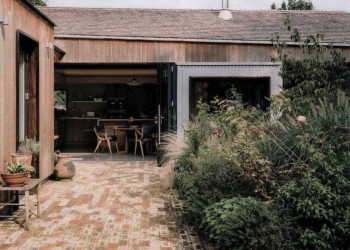
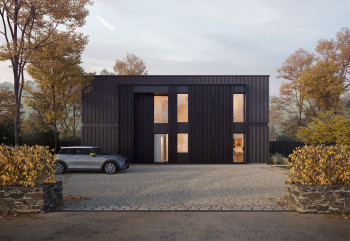
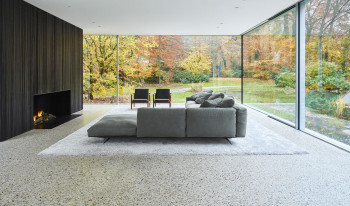
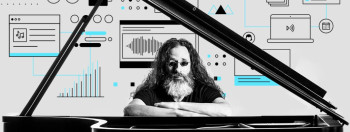
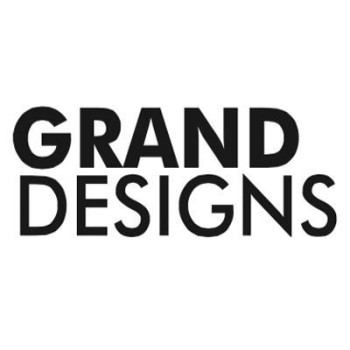
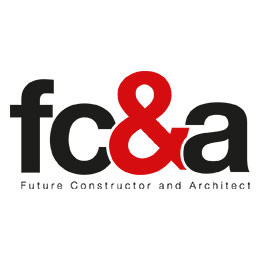



 Quiet Mark Founder
Quiet Mark Founder